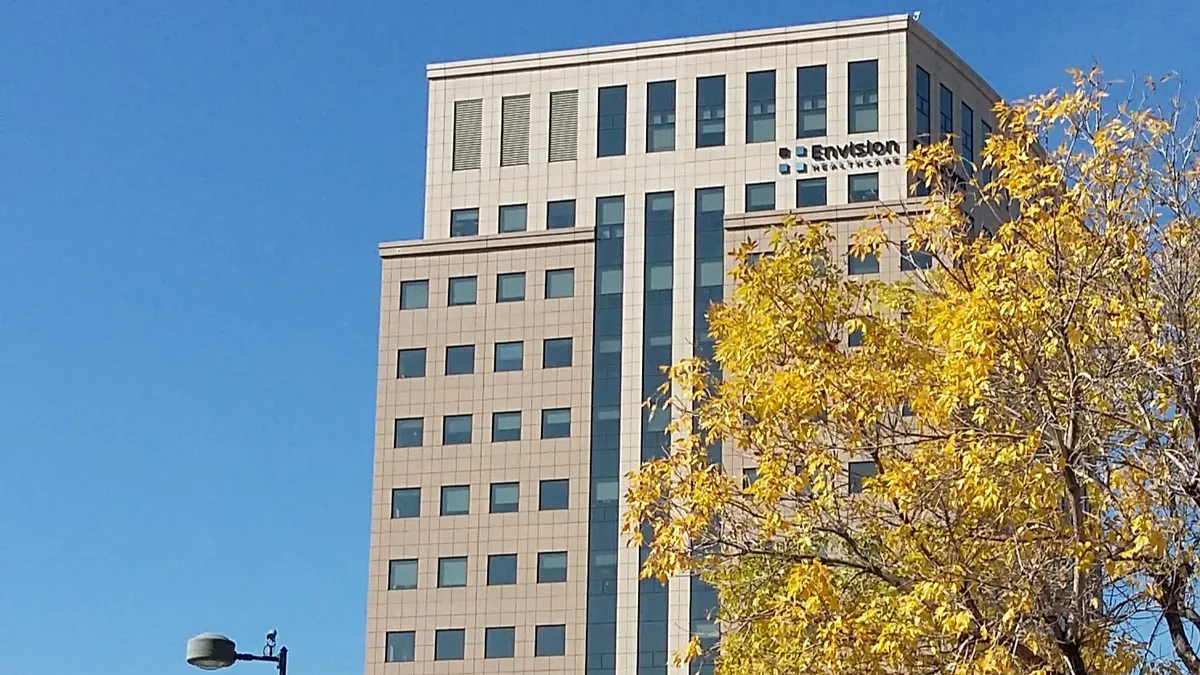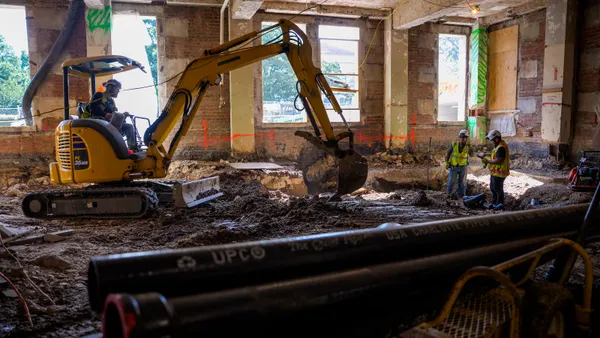While total Chapter 11 commercial filings saw a sharp 68% year-over-year jump in H1, the makeup of the industries driving bankruptcies are shifting, according to bankruptcy experts speaking during a Wednesday webinar hosted by data provider Epiq and the American Bankruptcy Institute.
The surge of crypto sector cases that sparked significant concern last year seem to have “calmed down somewhat.” “We’re looking at a different landscape for the back half of this year,” Deidre O’Connor, managing director for corporate restructuring at Epiq, said in the webinar. Last year’s major crypto industry Chapter 11 bankruptcy filings included the crypto exchange FTX Trading and cryptocurrency lenders BlockFi and Celsius Network.
Now “distress in healthcare is outpacing any other industry we’re seeing,” said Christopher A. Ward, ABI president-elect and bankruptcy and restructuring chair at the Polsinelli law firm. In just the first quarter of this year 17 healthcare companies with more than $10 million in debt, including hospitals and startup drug developers, filed Chapter 11 compared with seven companies in the year earlier period, Bloomberg Law reported.
During the COVID-19 pandemic government aid that has now ended helped hospitals and boosted the sector, Ward said. Now that the “pipeline of government funding has dried up...it’s really putting stress on the industry,” he said, noting that he expects to see particularly severe financial distress at rural hospitals. “We do not expect the hospital situation to improve anytime soon.”
Among the biggest healthcare filers to date this year: the physician staffing company Envision Healthcare which reported it had $7.7 billion in debt when it filed for Chapter 11 bankruptcy protection in May, according to a release.
Commercial real estate ‘bubble’
On the horizon, Ward is also expecting more bankruptcy filings from what he called the commercial real estate “bubble,” noting that loan servicers are “starting to gear up for what they kind of see as a tsunami of upcoming commercial real estate filings.” There was a lot of debt taken on by developers during the pandemic to finance development and he said loan defaults are on the rise.
As for the surge in bankruptcies this year that marks a directional shift after a decline in 2022, Ed Flynn, a consultant of ABI, emphasized that this year’s filings rise still puts the numbers at a relatively low historical level. Total commercial and individual U.S. bankruptcy filings rose 17.3% in the second half of this quarter to 217,434, according to webinar materials.
Bankruptcy filings have averaged just under 1 million a year for the last 43 years, with the peak of 2.1 million touched in 2005, he said. A surge of people filed for bankruptcy in that year ahead of a tough bankruptcy reform law going into effect, NPR reported. It would take another “panic” for filings to get back up to the 2 million level, he said. “To see a huge rise at one time people would have to be afraid they were missing out on something,” he said.
Big business filers warm to Texas
The speakers also touched on which states are seeing the most filings. Texas is increasingly attracting big bankruptcy cases due to the state’s growing reputation for “consistent” rulings, according to Ward.
“One thing that large Chapter 11 debtors want more so than the small mid-market companies is consistency in rulings,” said Ward. “That’s one thing you’re getting in Texas from the judges.”
The rise in Texas’ appeal with larger business filers helped the state draw the highest number of commercial bankruptcy filings in the nation in the first half of this year with a total of 2,076, followed by California (1,736), New York (819), Florida (605), Delaware (378) and New Jersey (378), according to Epiq data.














